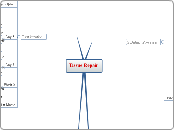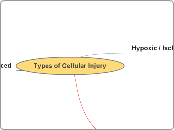door Alex Low 8 jaren geleden
474
RTI
Respiratory tract infections (RTIs) are classified into upper and lower infections, each with distinct pathogenesis and treatment protocols. Upper respiratory infections occur when organisms enter via inhalation, leading to epithelial damage and symptoms such as redness and edema.









